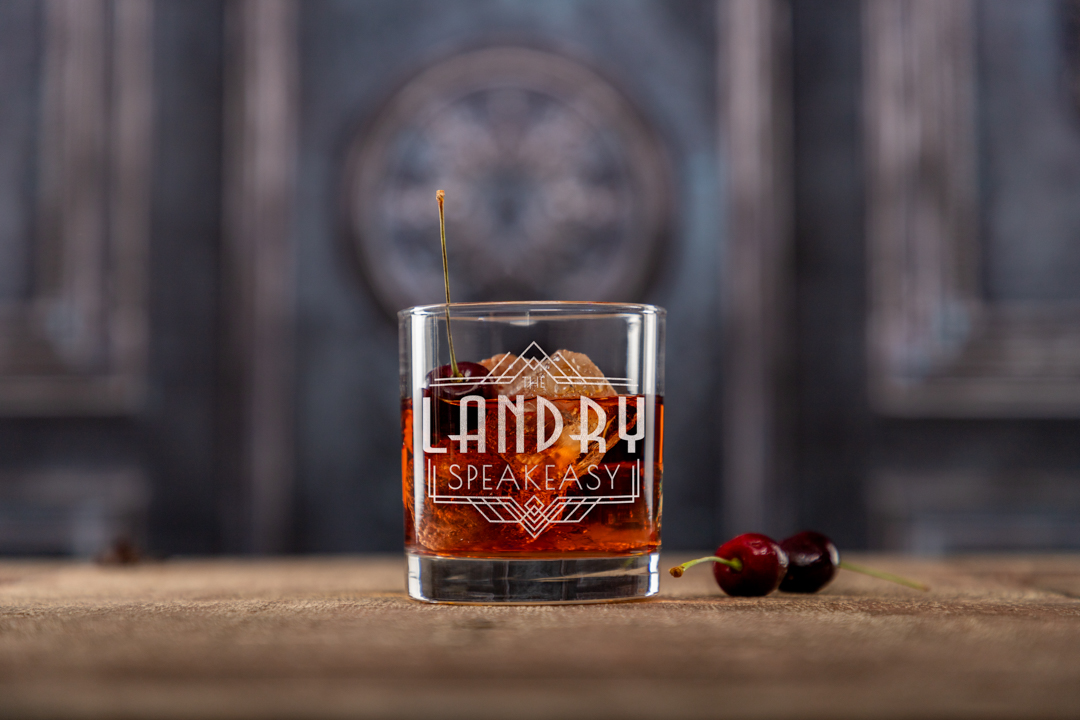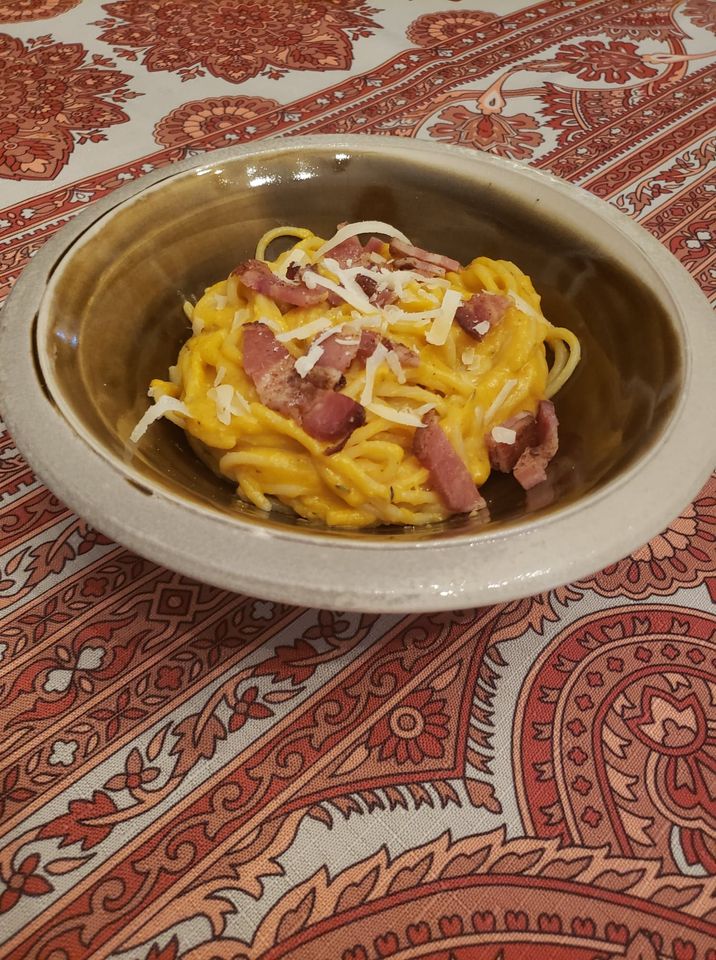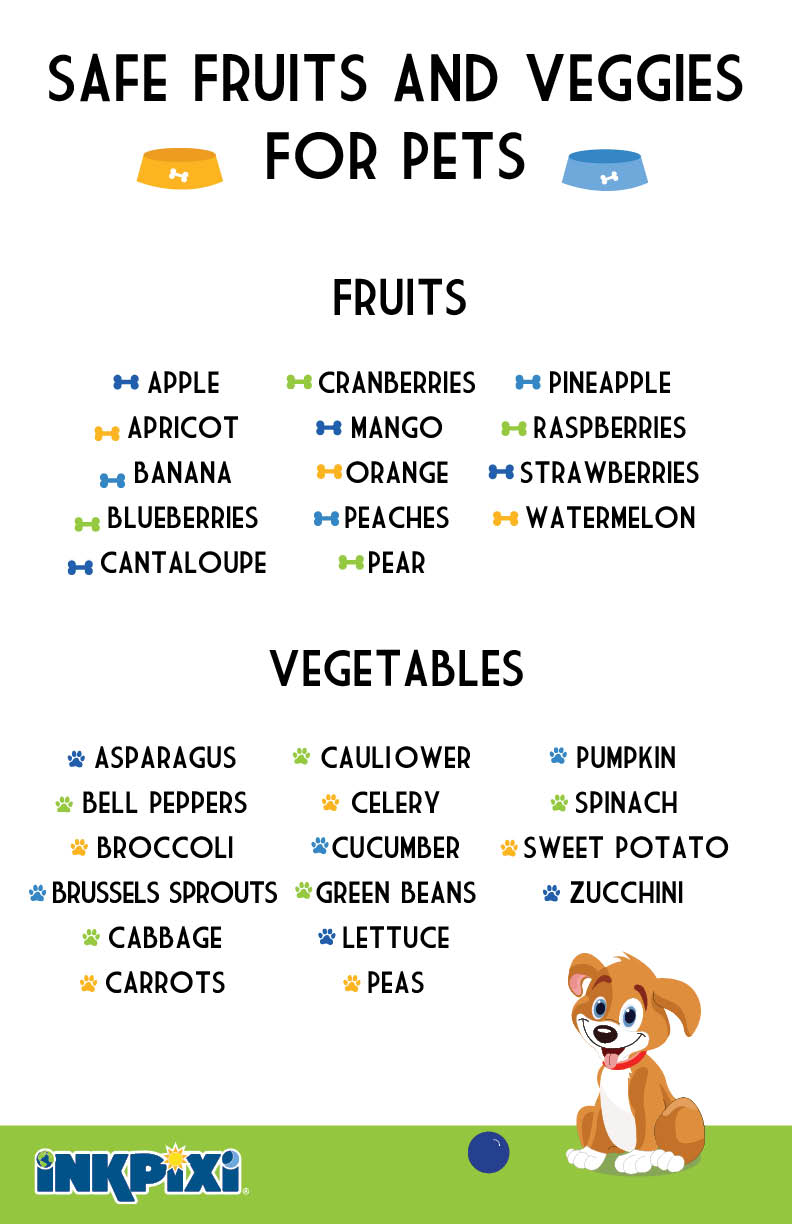Time and place can be complicated. Nonlinear.
Not too long ago I met up with an old friend—someone I had once been very close to but had fallen out of touch with for 15 or so year—and as we drank beers slightly better than the ones we ordered the last time we saddled up to a bar, and as we ordered salads instead of fries to accompany our burgers, she said quite matter-of-factly, “emotional memory has no concept of time.”
Most of my life has not gone as planned. Maybe the issue is that I never really planned anything. I often feel as though many years ago I hopped on a wave and ever since I’ve just been riding it wherever it goes. One of the upsides is that I’ve been lucky enough to live in and travel to many interesting places.
A funny thing about certain places we’ve been, they don’t live in just our memories – they saturate our senses. A taste or a smell awakens memories and dreams, desires and regrets.
Enjoy too many drinks and the memory gets foggy, but sometimes a drink will still encode itself in your mind. A sip or a smell and you return to a memory a season, or a time and place that for a moment was buried underneath all your worries of today. We can’t live in the past, but sometimes we can taste it, and at the end of the day that’s probably the healthiest way to visit our previous selves.
Where it takes you is subjective, of course, depending on your own past and experiences. Both Sierra Nevada and PBR take me back to Oakland, California. One was my usual order at the bar and the other was my usual drink at art galleries, punk shows, and poetry readings. An Old Fashioned reminds me of Thanksgiving at my uncle’s house. Porters and stouts taste like cold fall evenings in Missoula, Montana. And whenever I trade a $20 bill for a drink it feels like I’m back in Manhattan. Just kidding. Sort of.
Of course, some of my recent articles about cocktails discuss a time or place to which I have no connection whatsoever. I’ve never been to the Kentucky Derby, but I love the Mint Julep. I wasn’t alive in the Roaring 20s, but I wholeheartedly jump into the complexities of the Boulevardier. Perhaps a drink and its context exist as well as part of humanity’s collective unconscious. I have no intention of taking a deep dive into Jungian archetypes, but there is something to be said about a drink’s ability to not only flood you with your memories but to simultaneously flood you with memories that aren’t yours – memories that belong to the drink itself.
A cocktail is always more than just at least three ingredients in a glass. It’s an exploration of flavors, seasons, geographies, customs, and histories. And no matter what you pour into the mixing glass, balance, experimentation, and tradition are the three most reliable ingredients on which to build.
Most cities and towns are drinking towns, and there’s a cocktail culture within most cultures. But when it comes to tradition, there are a handful of locations around the world—and you can probably name them without even stopping to think—that are often celebrated as a drinking destination. There’s beauty in danger. Excitement. We’re drawn to whatever gets our hearts pumping and synapses firing. I’m just guessing here, but I think it’s safe to say that New Orleans has made at least two dozen contributions to the world of cocktails. All of them have their merits, but my favorite is one that’s a bit dangerous.
The Vieux Carré pulls no punches. It’s a booze-forward cocktail that defies convention. Most cocktails rely on one dominant ingredient and then rely on two or more ingredients to balance out the flavor profile. This of course is an art form, and I love playing with that sense of balance. Well, the Vieux Carré leaps into the glass with two dominant spirits, throws two additional spirits into the mix, and then tops it off with two types of bitters, just for good measure. Rye, cognac, sweet vermouth, Benedictine, Angostura aromatic bitters, and Peychaud’s bitters – if it sounds intense it’s because it is, but it’s also wonderfully smooth, and these seemingly disparate ingredients come together to create something truly unique.
Of course, if you’ve been to New Orleans this doesn’t come as too much of a surprise. Colonialism is rife with atrocities, but for the sake of getting into regional food and drink, New Orleans is where Creole and Cajun culture continue to thrive. With an intersection of African American, French, Indigenous, Caribbean, and Spanish heritages, it’s safe to say that the resulting food and drink menus are nothing short of spectacular.
I’ve never liked the metaphor of America as a melting pot. In a melting pot, everything blends together into one homogeneous whole, devoid of variation. That’s not an ideal way of looking at any country, state, town, or neighborhood. I much prefer the metaphor of America as a tossed salad, where each ingredient retains its flavor and texture, and all work together to create something better than the sum of its parts.
In the late 1800s an Italian immigrant was running a successful cobbler shop in New Orleans’ French Quarter. A hotel just up the street from him hit the market, and he immediately bought it. He gave it his family name, Hotel Monteleone – and it’s owned by the Monteleone family to this day, one of very few longstanding family-owned hotels left in this country. Once inside, you can try to find a seat at the Carousel Bar, an absolute landmark of a cocktail bar, one of the most revered in the land. The hotel and bar also became a literary hub, frequented by Ernest Hemingway, Tennessee Williams, William Faulkner, Anne Rice, Truman Capote, Eudora Welty, and many others.
It stands to reason that such a bar, in such a hotel, in such a city, would create a cocktail like no other. And let’s give credit to the head bartender who first mixed it all together, Walter Bergeron, in 1937 or 38. Vieux Carré translates from French to “Old Square,” which is what the French Quarter was once called, but the pronunciation is classic French Creole – VOO ka-RAY.
And now I suppose it’s about time to make one of our own.
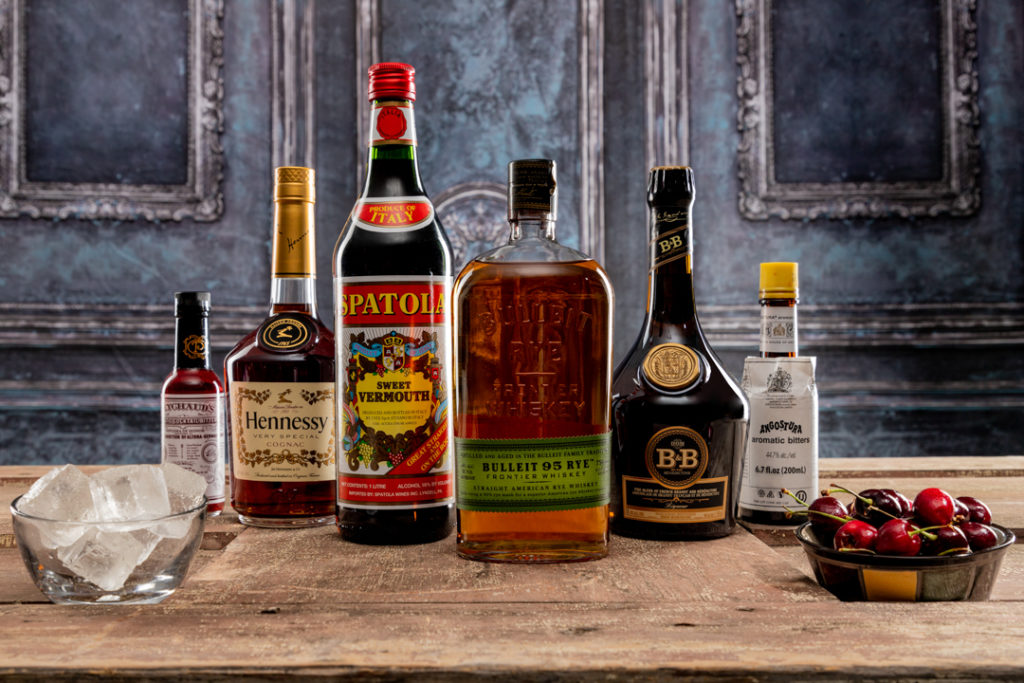
3/4 oz rye
3/4 oz cognac
3/4 oz sweet vermouth
1/2 oz B&B
1 or 2 dashes of Angostura
1 or 2 dashes of Peychaud’s
Cherry, lemon, or orange peel
The recipe traditionally calls for Benedictine liqueur. I’m currently in Pennsylvania, and our state-run liquor stores have none in stock. Unwilling to place a special order for a half-ounce ingredient, I substituted B&B, which is a 60/40 blend of Benedictine and brandy.
Fill a mixing glass with ice and pour in your spirits.
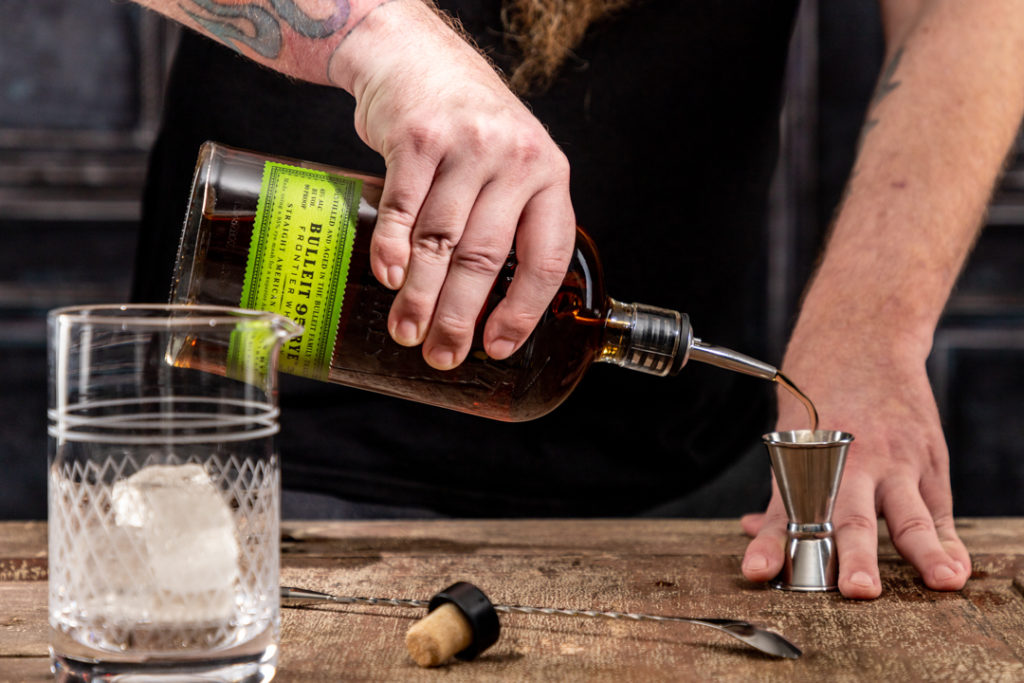

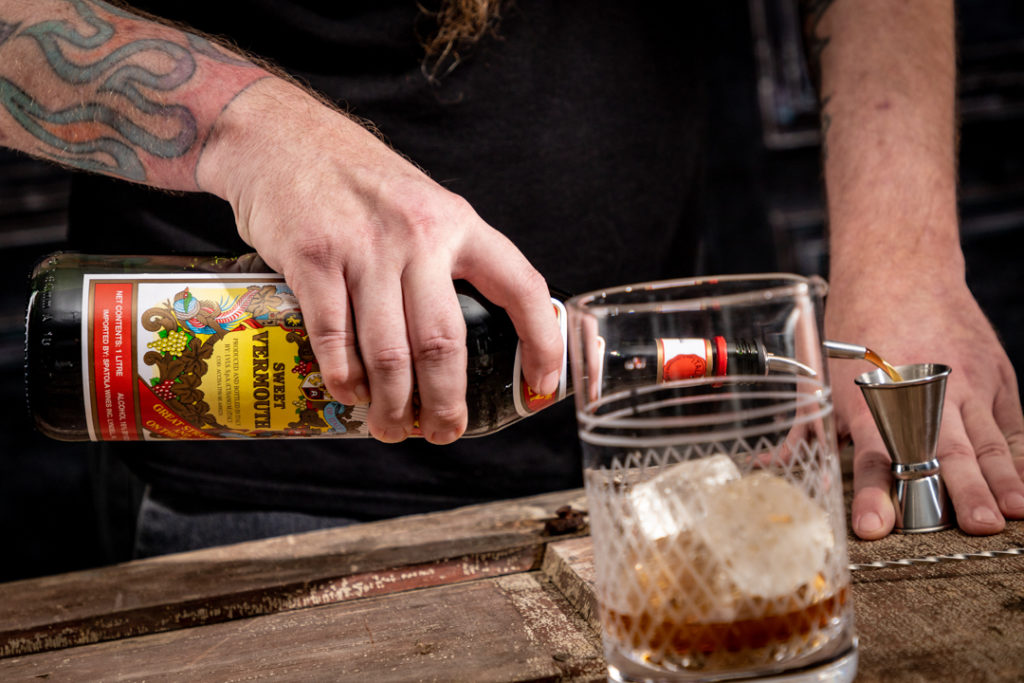
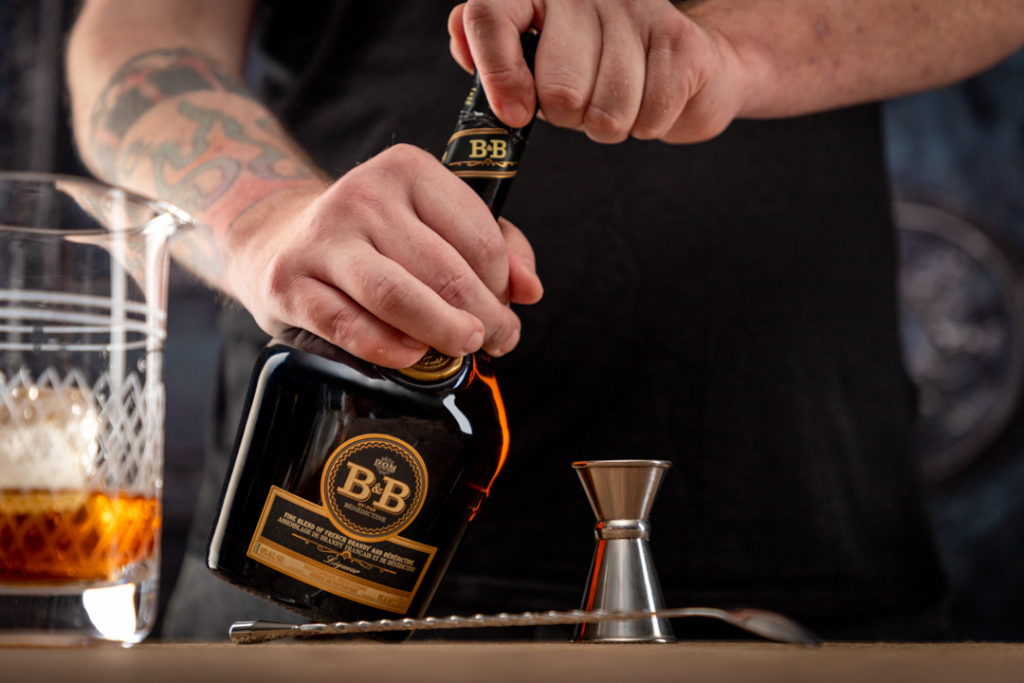
Add your bitters. I like to think of bitters as the salt and pepper of the cocktail world, so season to taste. 1 dash of each will be nice and subtle, while 2 dashes will take it up a notch, but no one’s stopping you from dashing a bit more if you feel so inclined.

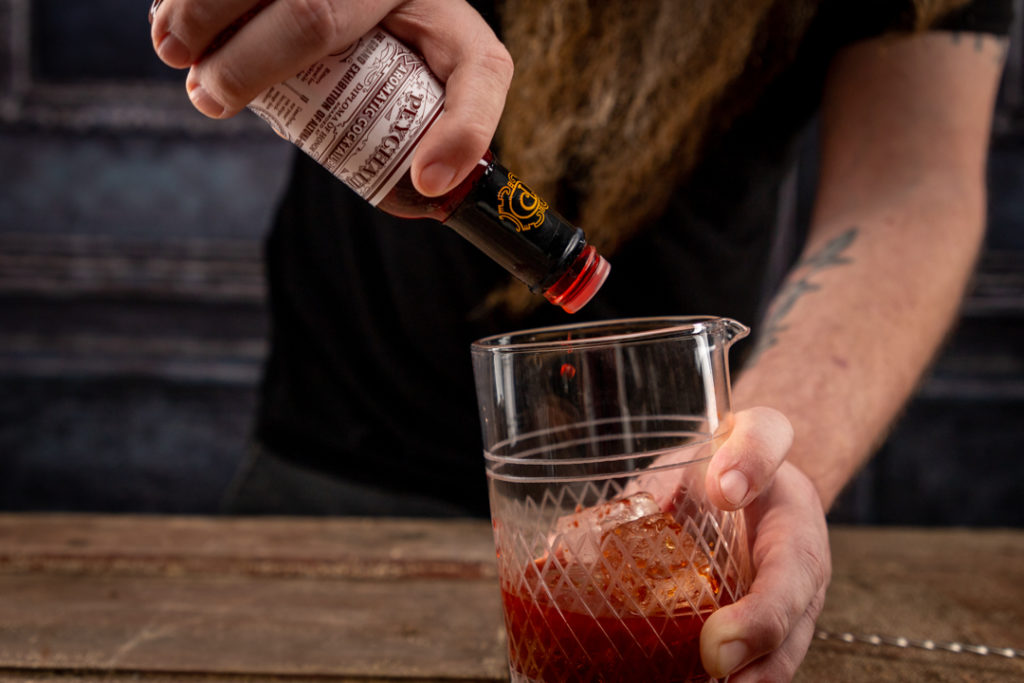
Stir everything up until it’s blended and cold.

Strain into a rocks glass with fresh ice.
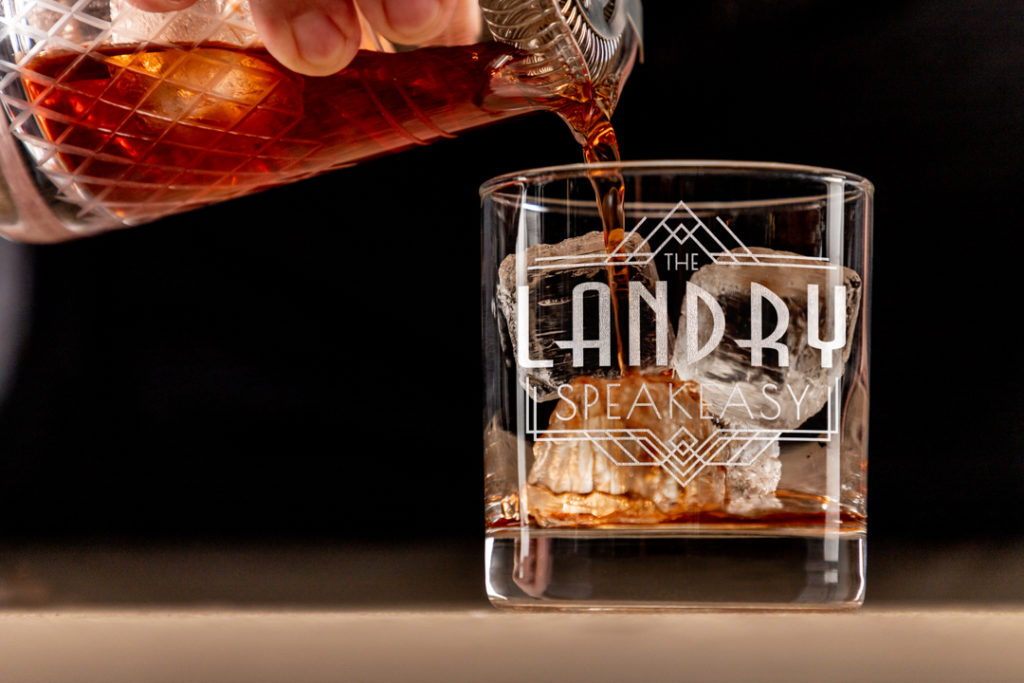
Garnish with a cherry, lemon peel, or orange peel. I’m using a black cherry because they work nicely with the sweetness of the drink, but traditional maraschino cherries will work just as well if you prefer.

Sit back and enjoy the memories, stories, and history found in each sip of one impressive cocktail.
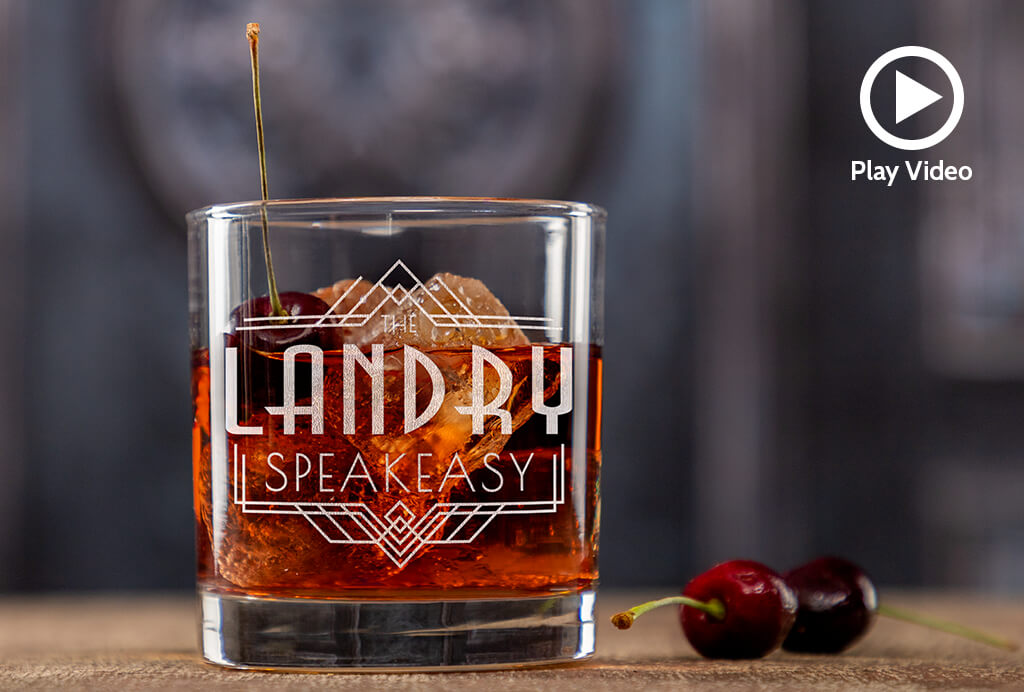
- The Boozy Dark Delight - November 27, 2024
- 3 Christmas Mocktails You Need to Make Your Holiday Party a Hit - October 7, 2024
- The Gold Rush – A Camp Cocktail - August 14, 2024


